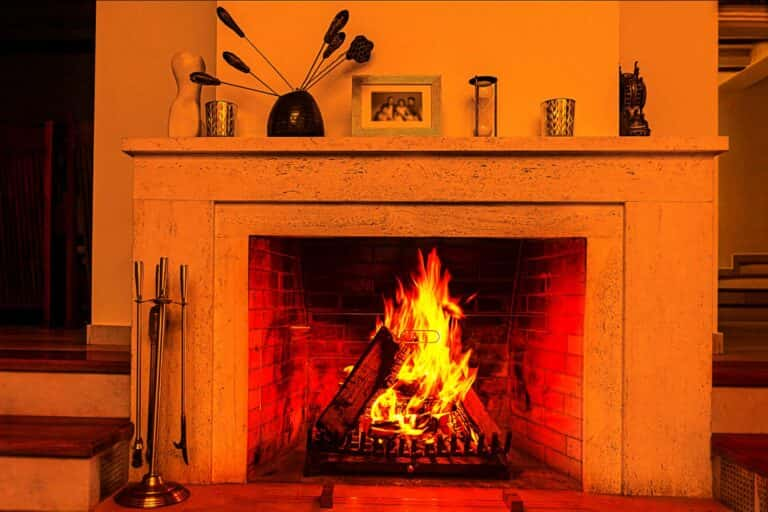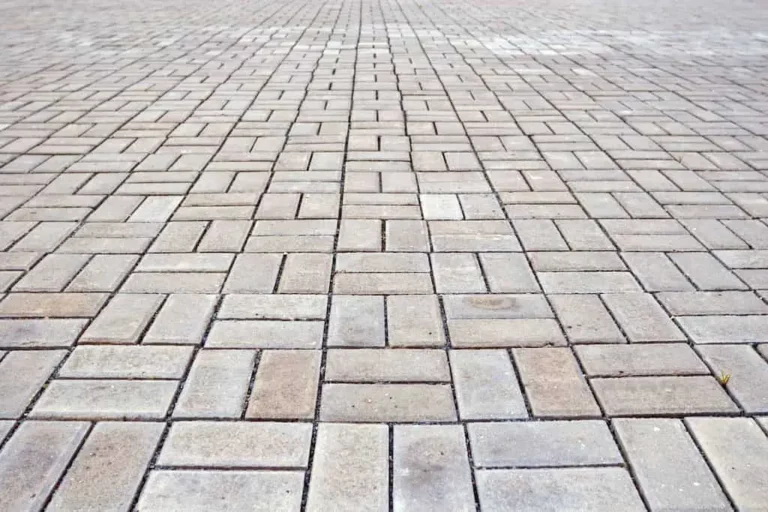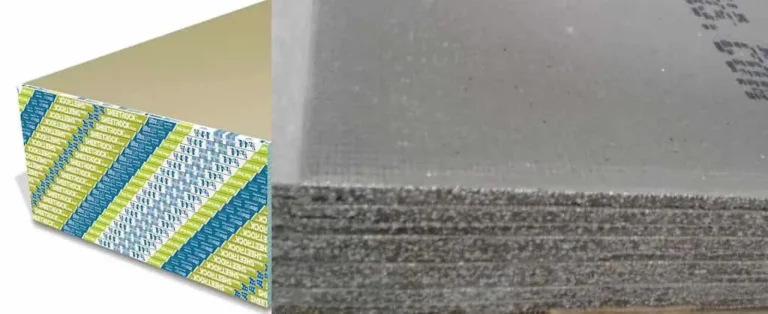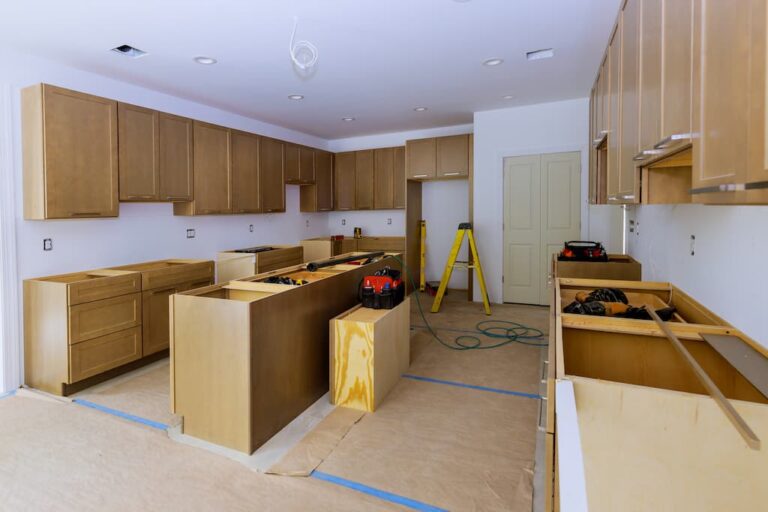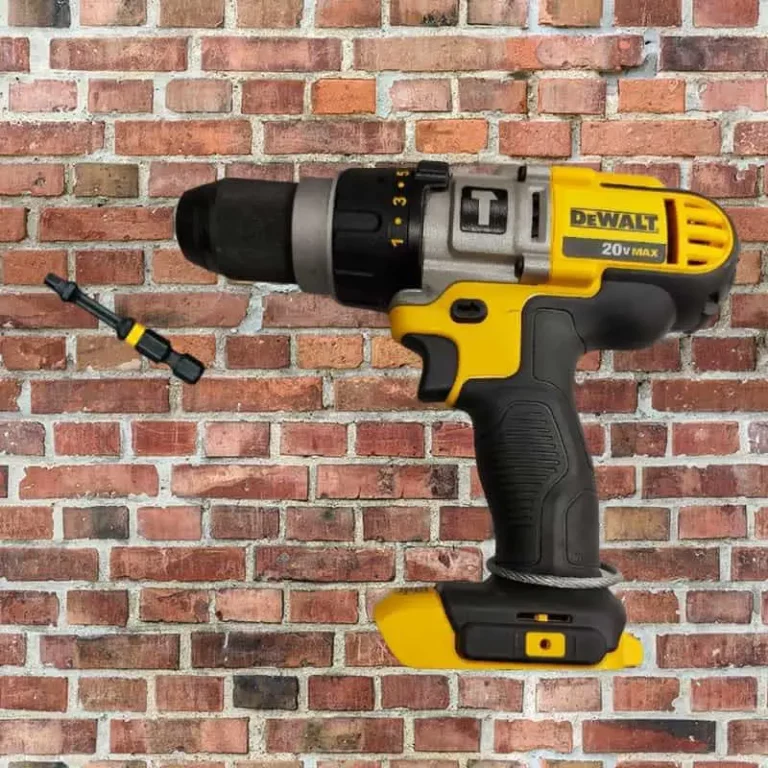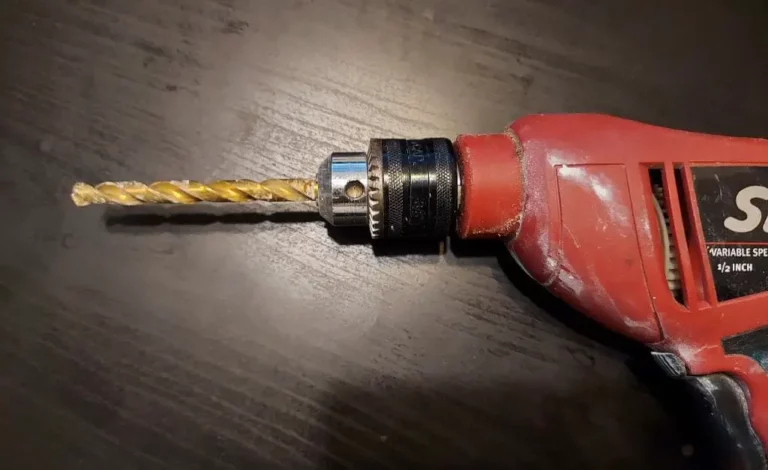Is Vinyl Flooring Scratch Proof? (With Care Tips)
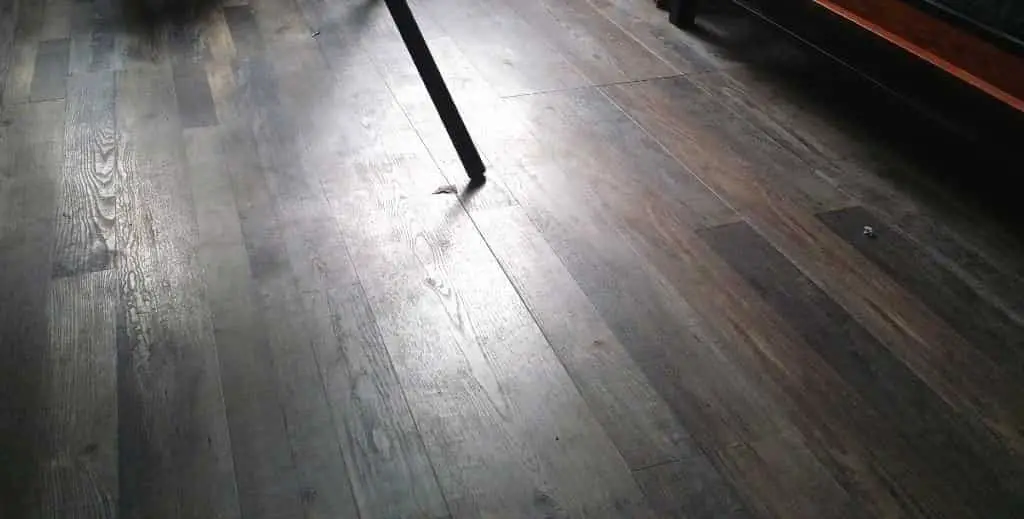
If you want the look and feel of hardwood without the expense and upkeep – vinyl flooring is a great option for you. It is an affordable option that works great with both families and pets. It is important to do your due diligence, though, to make sure that vinyl flooring is the right choice for you.
Is vinyl flooring scratch proof? While no floor is fully scratch proof, vinyl flooring is scratch-resistant and highly durable. It holds up well from pets, spills, and lots of foot traffic. If you want a wood look without scratches, vinyl flooring is a great option for you.
There are many ways that you can keep your vinyl flooring from scratching and maintain a gorgeous look for your home. This will maintain the appearance for you and your guests as well as help with the resale value should you decide to sell your home. Below, I will introduce you to vinyl flooring and help enlighten you on care tips and tricks to keep it looking pristine.
How Durable is Vinyl Flooring?
Vinyl flooring is made of synthetic material and is manufactured to resemble a wood-like surface for your home. It is typically fashioned in sheets or interlocking tiles that make it an easy and affordable option for installation into your home. This is becoming an increasingly popular option, especially for bathrooms and kitchens.
Vinyl flooring is very durable and is naturally scratch-resistant. Companies are getting better and better at making it, and are creating long-lasting types of flooring. If you maintain your vinyl floors through regular upkeep, you can expect them to last upwards of 10 years.
While vinyl flooring is not the most durable flooring in the world (compared to tile, for example), it is much less likely to get scratched or dented than hardwood, making it a great alternative. From everyday use, there is little worry with vinyl flooring. You can have plenty of walking around, children running, and even pets around without fear of scratches.
It takes quite a bit to cause real damage to vinyl planks, which means you can have the look and feel of hardwood without the worries. Additionally, warping of vinyl flooring from water is less likely than with hardwood due to the synthetic material that vinyl flooring is made of. In the instance that your floor is damaged, you will likely be able to replace a portion of your vinyl as long as the same model is still made- simply snap a new piece in.
What can Damage Vinyl Flooring?
While vinyl flooring is durable, it is not impossible to damage. If you have heavy furniture, this can damage it when sliding. Scooting chairs while sitting on them (especially metal chairs or table legs) can cause scratches or indents on the flooring. Other than that, it would take a heavy or sharp blow to damage your vinyl flooring.
If you are planning to move into a new home that has vinyl flooring, or perhaps you are choosing to remodel your current living space, you will want to be careful when moving heavy objects/furniture such as couches, cedar chests, etc. Perhaps choose the stronger people on your moving team to move those pieces while others take on less cumbersome boxes.
Care Tips for Vinyl Floors
While vinyl floors do not need much protection (especially when compared to other surfaces such as natural or hardwood), there are some precautionary measures you can take to ensure that the floors are not scratched or damaged.
Use Pads Under Furniture
There are several types of pads that you can use under furniture when you are protecting the floors below. You can purchase felt pads on Amazon or at your local store. These will stick on below and allow the furniture to slide easily without scratching. Similarly, you can find rubber pads that also stick on. These are better for larger pieces that you do not want to be able to slide around (ex. bookshelves and dressers).
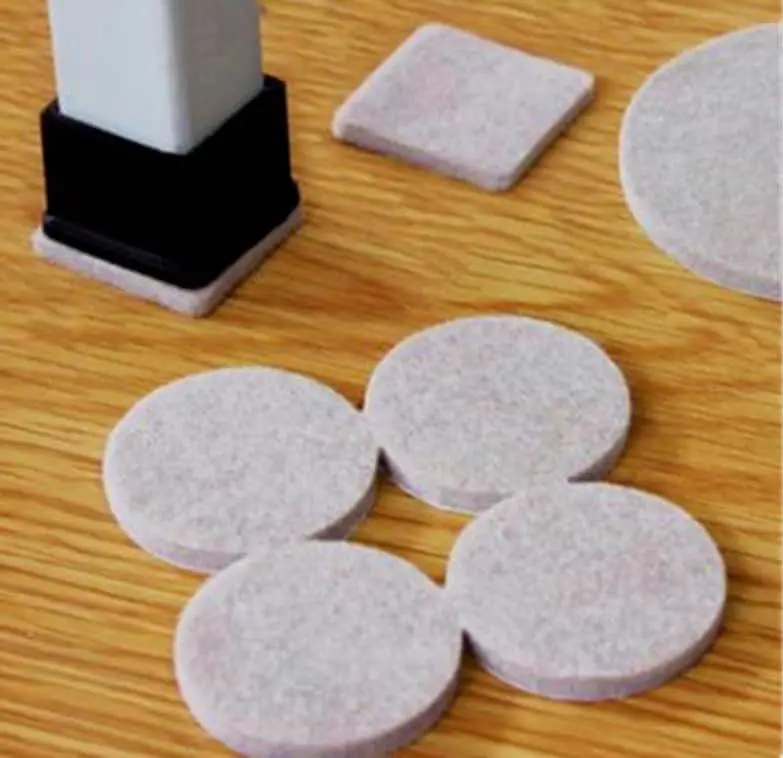
If you want something that stands out less on chairs or thin legs of furniture, clear rubber caps can be a great solution. These will slide easily on the legs but not be noticeable to people who are not looking for them.
When using pads under furniture, simply lift one end of the furniture piece while placing the pads on the sharp corners. Particularly, you will want to consider the parts of the furniture that will be taking the most pressure. Relieving this pressure with furniture pads will help to reduce the damage that this can cause on your floors.
Use Rugs and Door Mats
Rugs and doormats do not need to take away from the beauty of your flooring. If you incorporate nice area rugs in the main rooms and doormats around entryways, you can cut down on damage to high traffic areas without sacrificing beauty.
Rugs and doormats are particularly useful in collecting any dirt or water particles that you may be tracked into your home. Rather than having to scrub your floors down regularly, you will have an easier option of shaking out or vacuuming your carpeted surfaces. This will aid in the routine upkeep of your vinyl floors more than you can imagine.
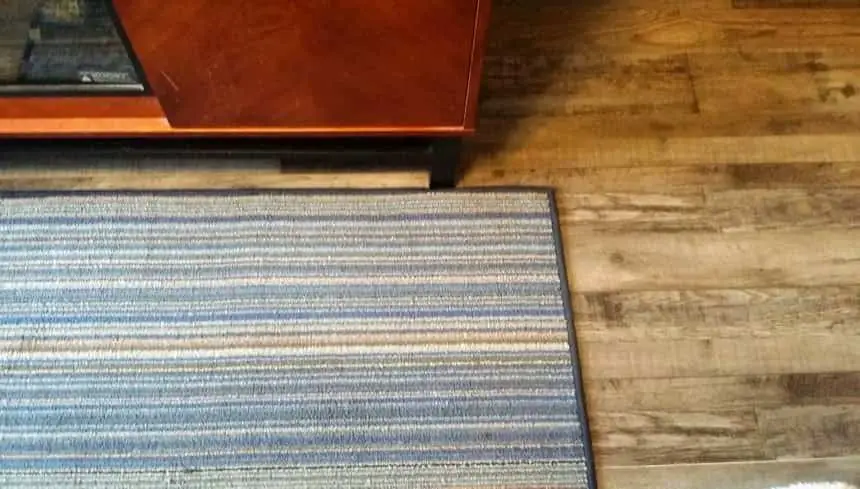
Clean Your Floors Frequently
Most people know to remove anything wet from their floors as soon as possible so they do not cause rot or mold. More than this, cleaning them from dry substances can be just as important. Removing dust and dirt from your floors can help extend their life.
When people track in sand or dirt on floors, it can cause small amounts of damage (almost unnoticeable) to the human eye. This, over time, can cause fading in the floors and scratches that are more wide-spread. Cleaning frequently helps avoid these issues.
Additionally, cleaning your floors regularly will help to maintain the appearance of your home. For many vinyl flooring options, you can see a bit of reflection on the surface when the sunlight hits just right. If there is a dirty spot, this will become more noticeable without regular cleaning.
Keep Direct Sunlight Off it for Extended Periods
By no means would I advocate for eliminating natural light from your home. The light helps bring out the beauty of your floors as well as providing an open and airy feel to your living space. Additionally natural light helps to reduce electricity costs of running overhead lighting all day.
However, keeping direct sunlight off of your floors can help them to maintain their full appeal. If possible, use light curtains (white and/or lacy are good) to allow in light without it beaming too harshly on the floor. If direct sunlight is left on the floor for too long, it can cause some fading of the floor which is hard to fix without a full replacement.
You may even notice that portions of your floor look more faded than others and then realize that these are the areas that receive the most sun. While living beings benefit from the sun’s rays, your vinyl floors will not follow suit.
How to Repair Scratched Vinyl Flooring
You will most likely and inevitably end up with a scratch or dent in your flooring at some point in time. Especially if you live with children, have high-traffic areas, own heavy furniture, or are on the clumsy side, the likelihood of damage is higher. When this happens do not panic. It is possible, and not too difficult, to fix the scratched vinyl flooring yourself.
Replace the Flooring
Vinyl flooring can often easily be fixed by replacing just a small portion of it rather than the whole. Thankfully, it is usually as easy as cutting some of the flooring away and then replacing it with new vinyl flooring. If it is vinyl plank flooring rather than vinyl rolls, you can replace it fairly easily regardless of location. If the damage is in the center of the room, you may want to consider repairing instead of trying to replace it.
Repairing Vinyl Flooring Scratches
- Begin by sanding down the area that was affected. To do this, use high grit sandpaper. The lowest you should use is 320 grit and will ideally work up to 800 grit or even more.
- Clean the area. This can be done with any strong cleaning solvent. Dish detergent has been known to work well here and will help remove all the excess dust and dirt. Be sure to check for product labels to ensure that the chemicals and cleaning supplies you will use are safe for your floors.
- Finally, use wax to fill in the sanded area. Car wax works well and helps retain the natural look of most vinyl floorings. Again, check to make sure the product is safe prior to application. You can apply this with a clean cloth, ideally microfiber so that it does not allow any fibers to get stuck in the wax. Apply multiple layers as needed to make it look and feel smooth like the rest of the area.
